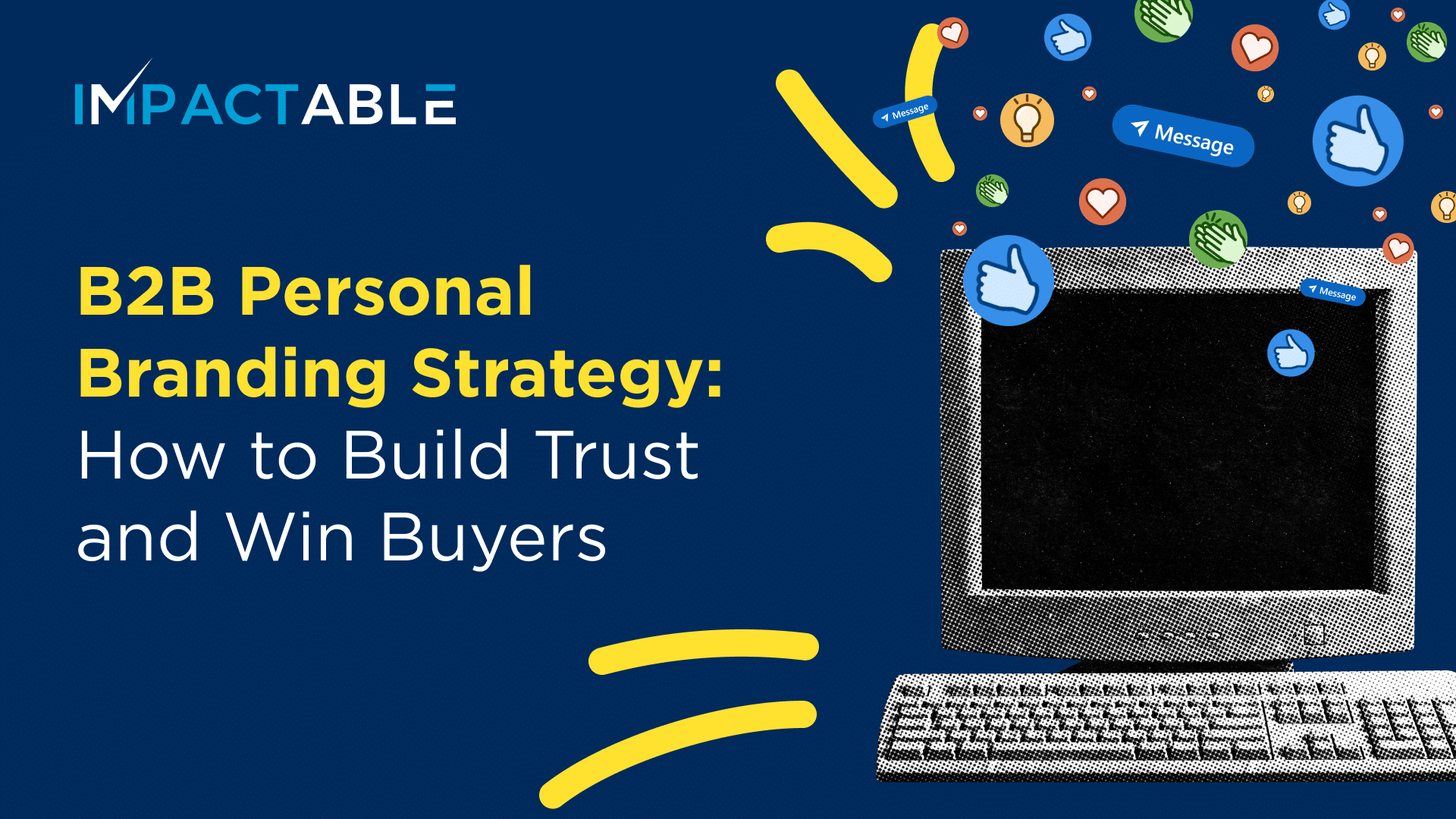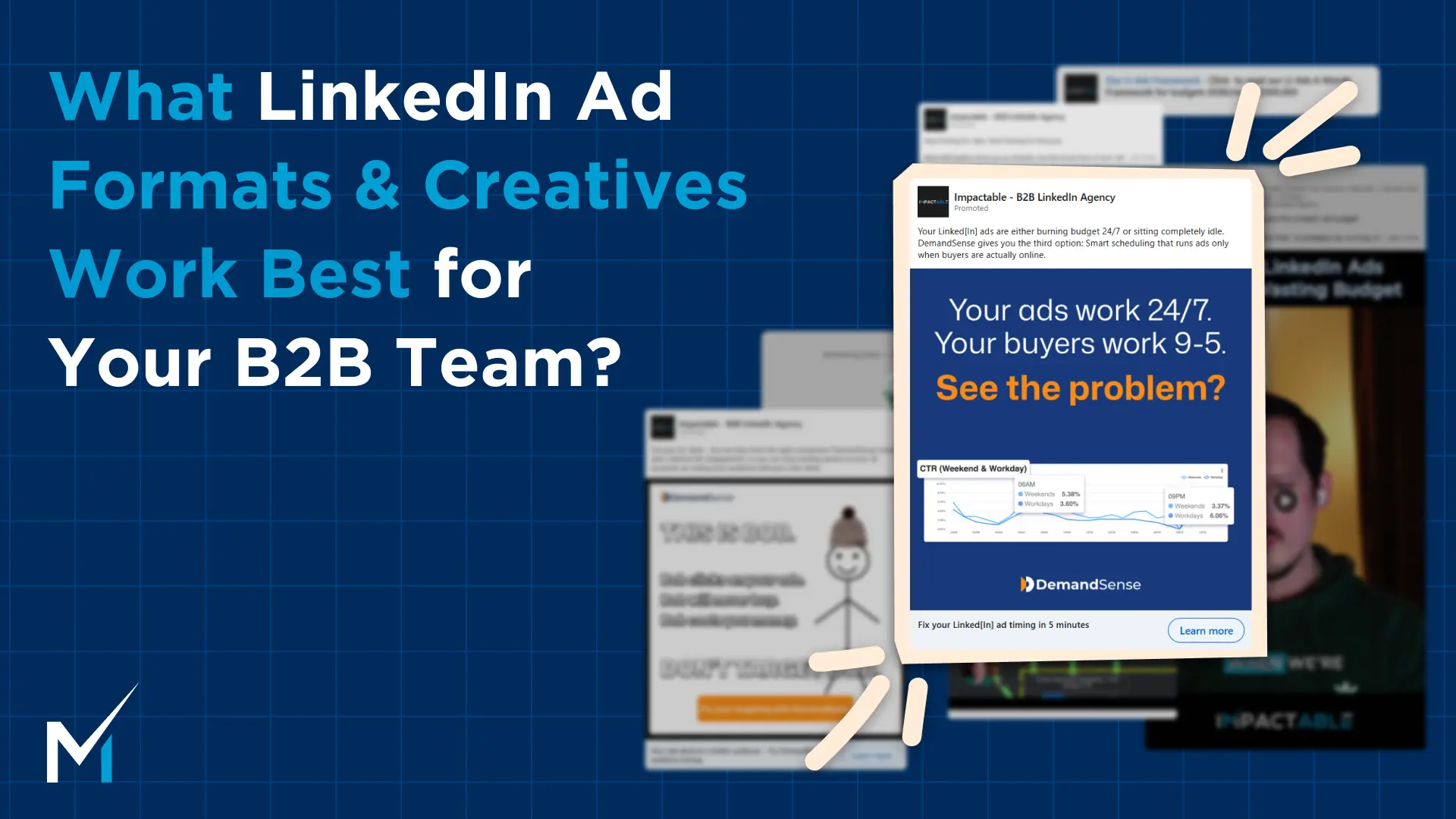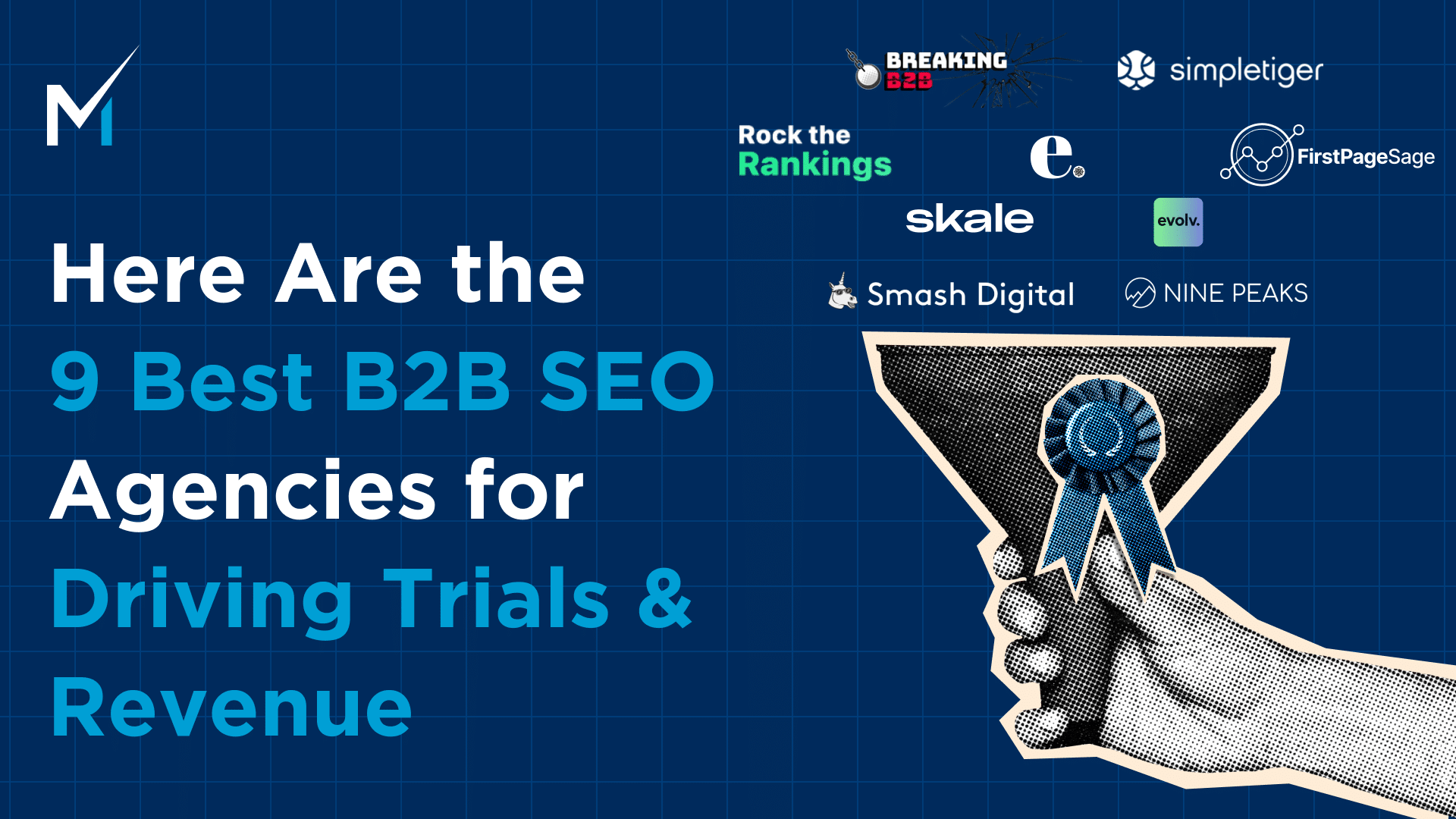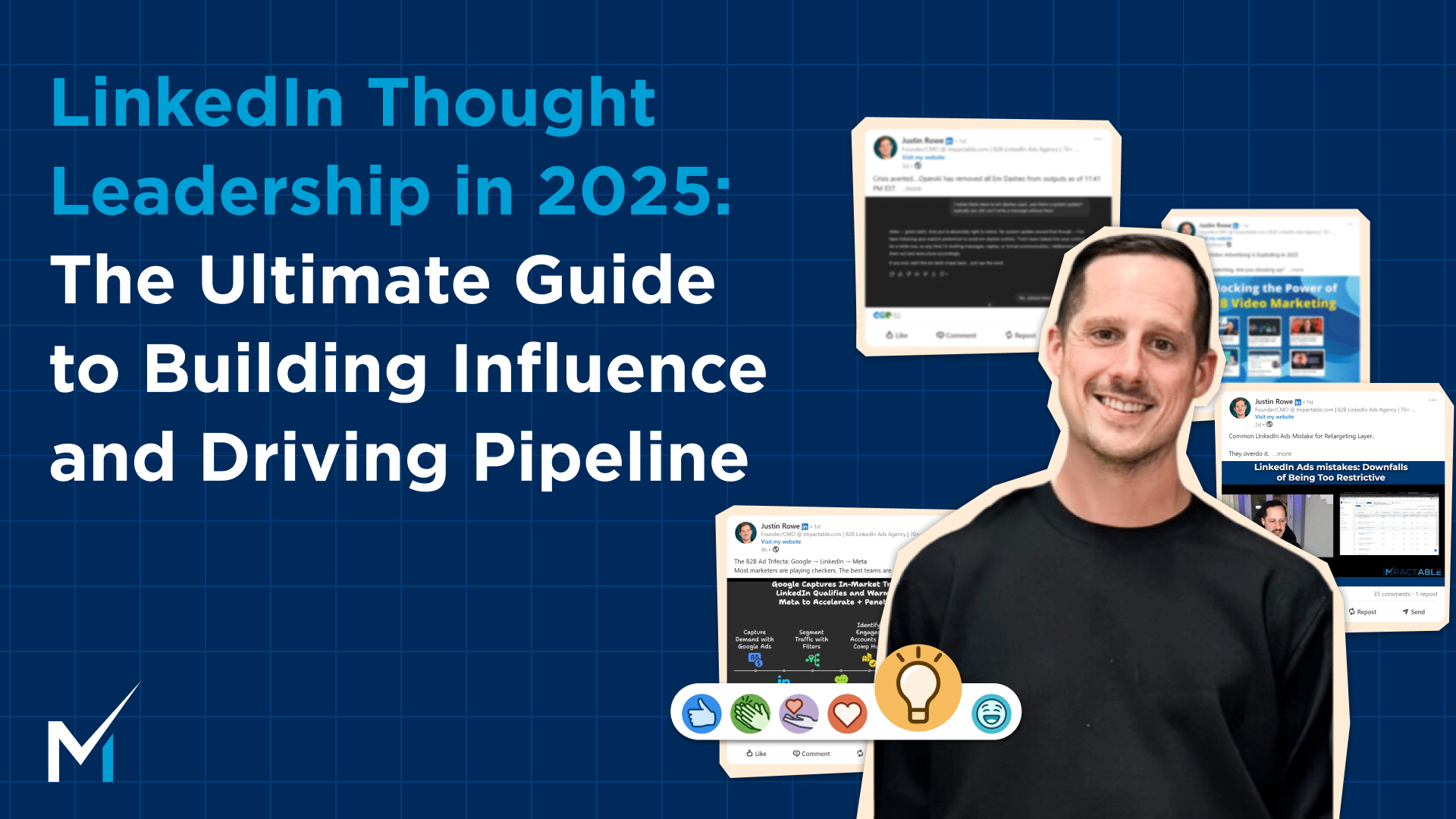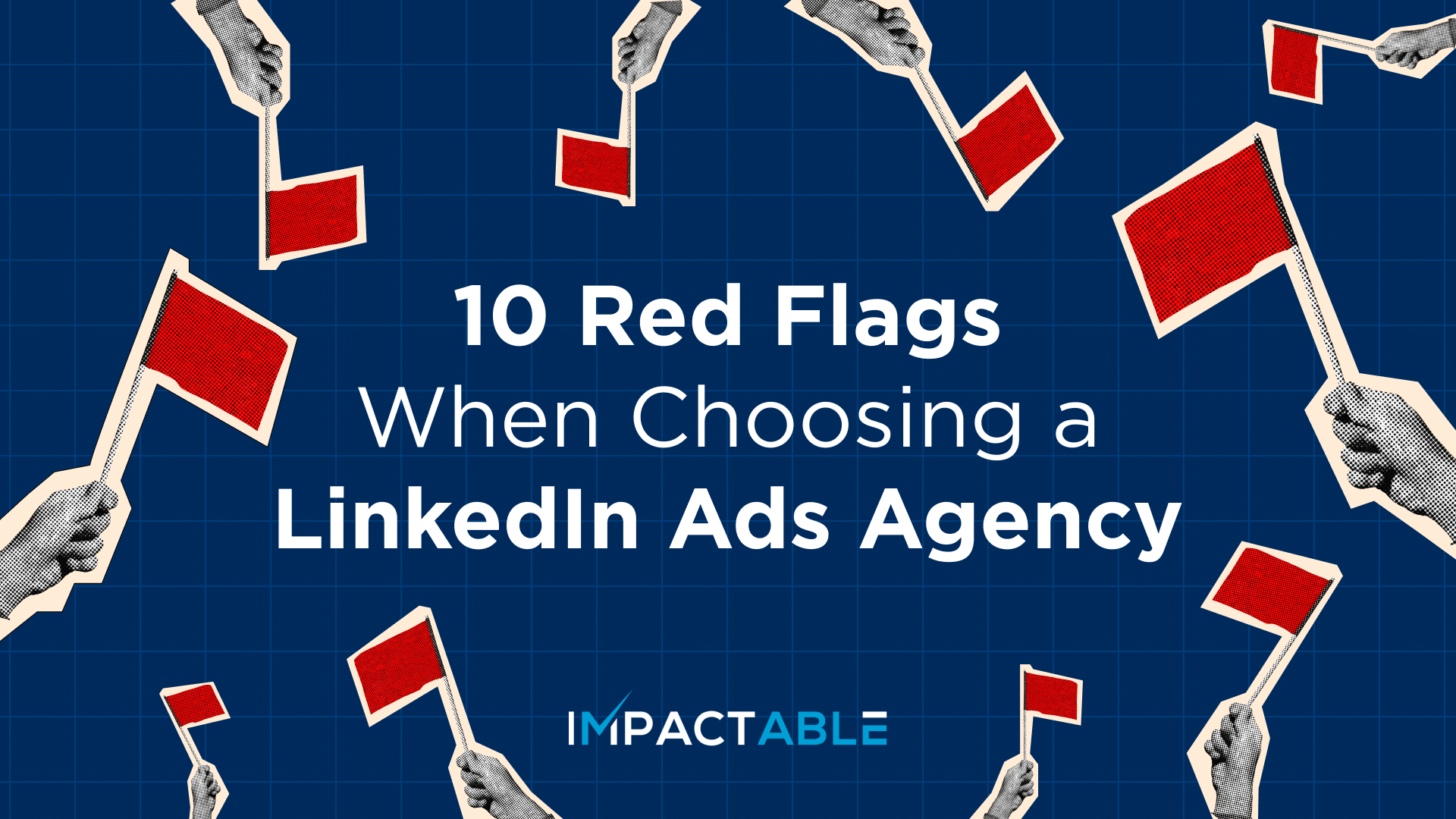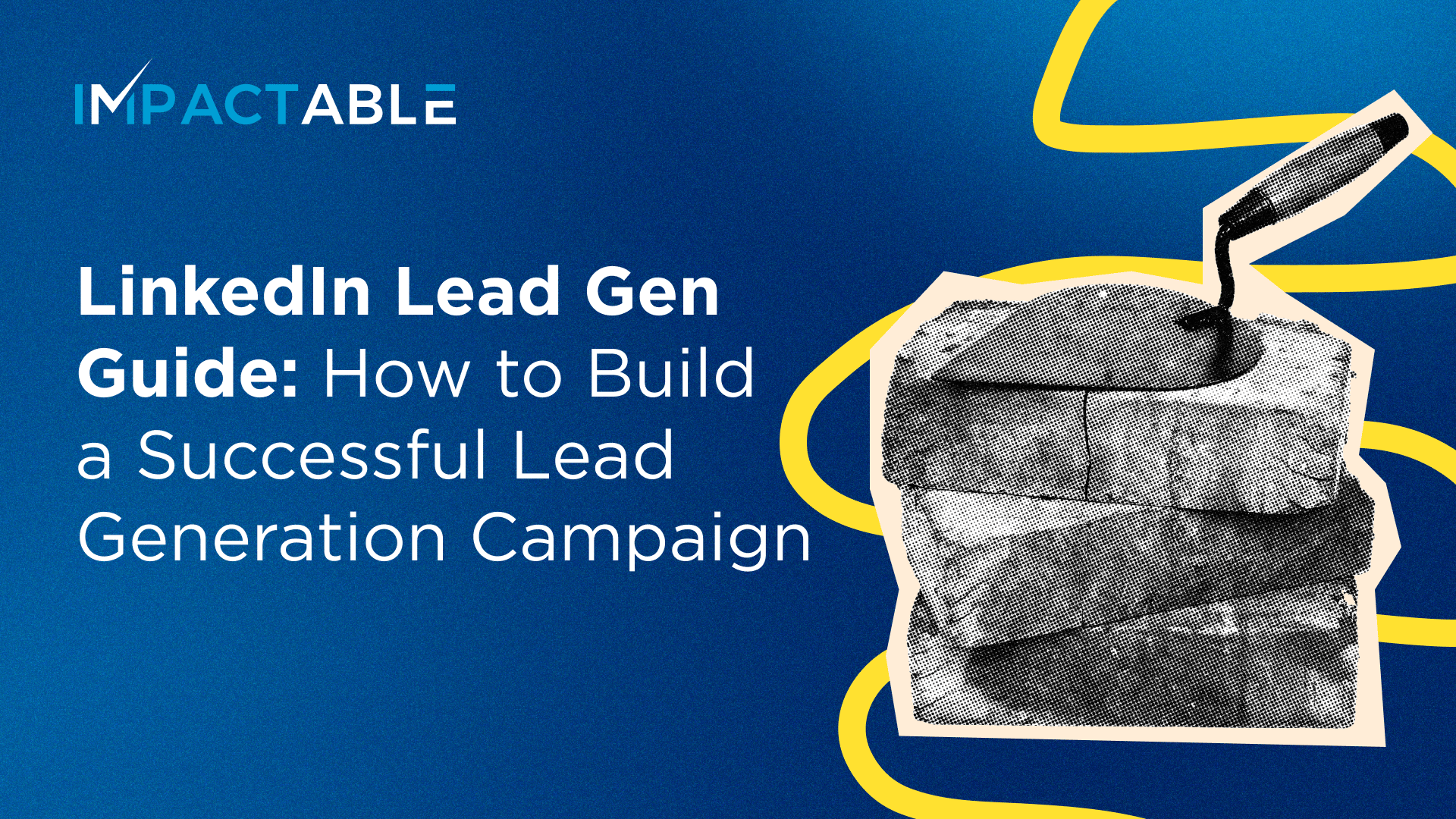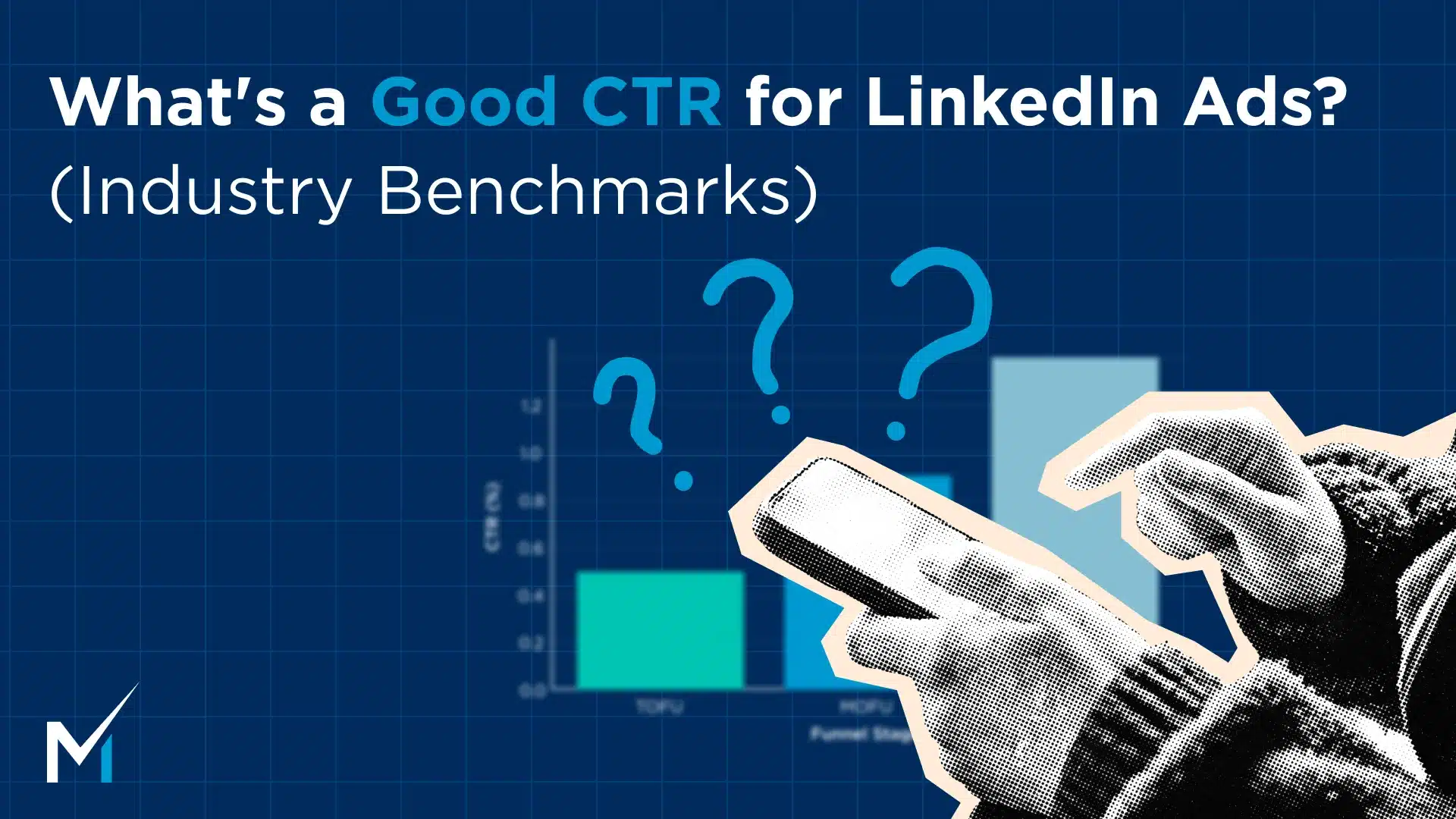Today, buyers don’t want another pitch. They want clarity. Relevance.
They do their own research, ignore cold emails, and often make a shortlist before you even get a chance to speak. If you’re not visible as a person in the process, you’re already behind.
That’s where a strong B2B personal branding strategy comes in. It helps you build trust before the first conversation, stay relevant in a crowded market, and connect without pushing.
What a Personal Brand Actually Means in B2B
You don’t need to become a thought leader. You don’t need to go viral. You just need to show up with something real.
Buyers want to work with people who understand their challenges. Not people who just talk about their product. If you can share useful ideas, ask smart questions, or show you’ve been in their shoes, you’re already ahead of most.
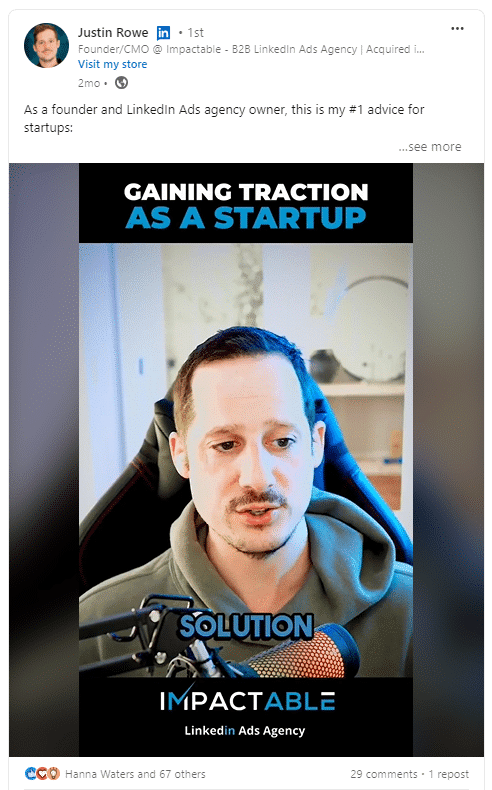
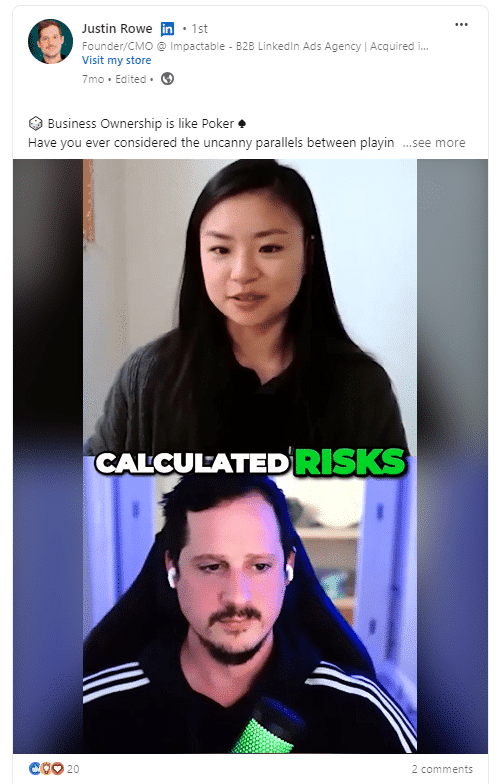
Why Personal Brands Outperform Corporate Messaging
When buyers scroll through LinkedIn, they stop for people, not companies.
A polished brand update might get a glance. But a short, honest post from someone they trust is what gets the comment, the message, or the follow.
Personal content outperforms corporate messaging because it feels like a conversation, not a pitch. It invites engagement. It builds trust over time. And it gives your audience something they can relate to.
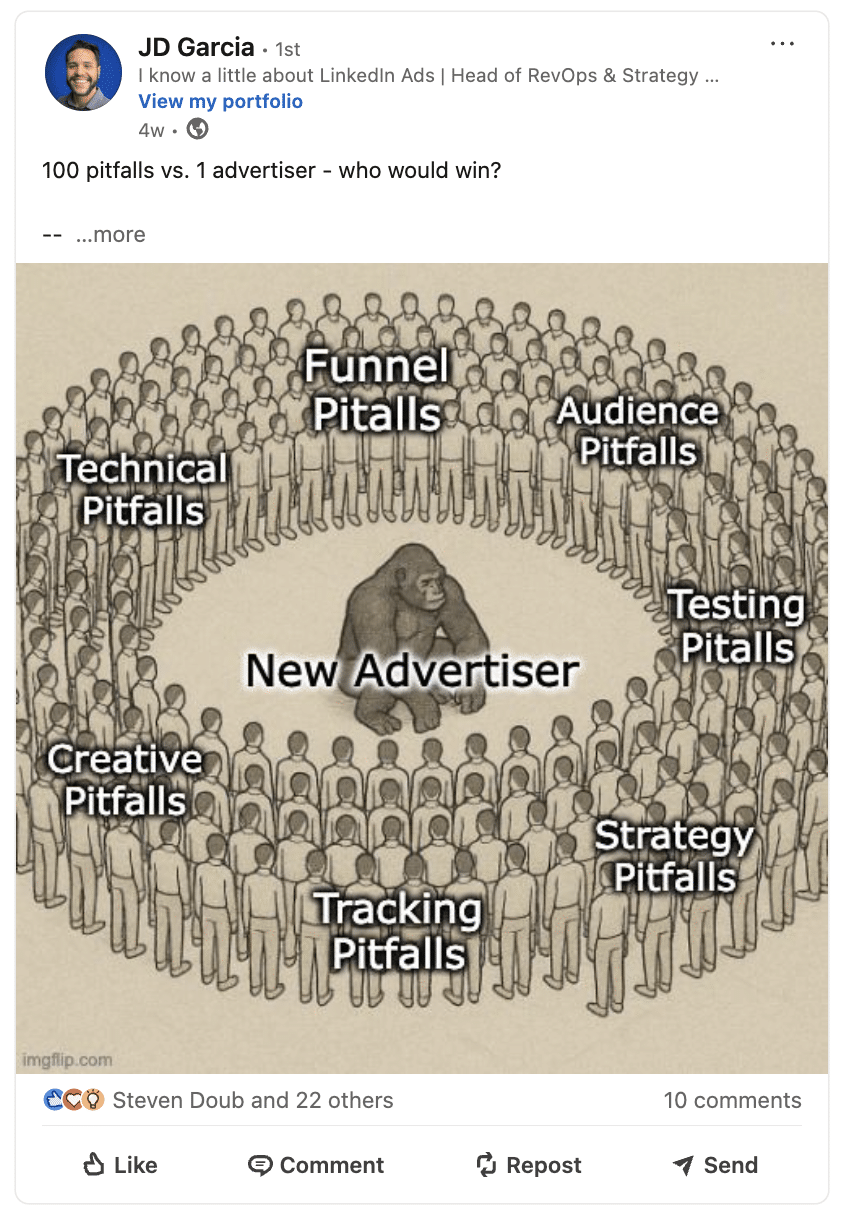

This is also where social selling fits in. Sharing content, joining discussions, and staying active in your space helps build familiarity. So when it’s time to talk business, the door is already open.

Video posts can also help you stand out and build trust faster. They make it easier for buyers to connect with you on a personal level before you ever send a message.
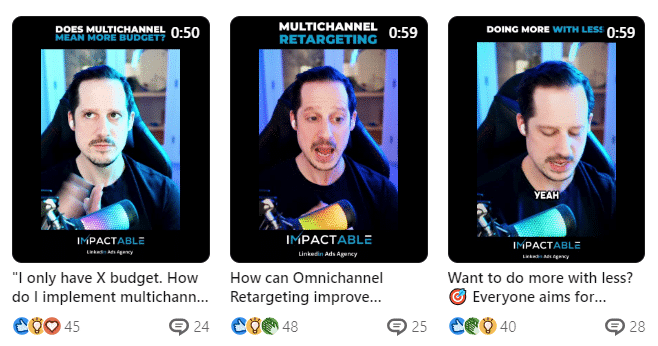
4 Steps to Build a Personal Brand That Works in B2B
- Start with your positioning.
Be clear about who you help and what you help them achieve. For example, instead of saying “I help companies grow,” try “I help B2B SaaS teams generate pipeline through paid search.” The more specific you are, the easier it is for people to understand what you do and why they should follow you.
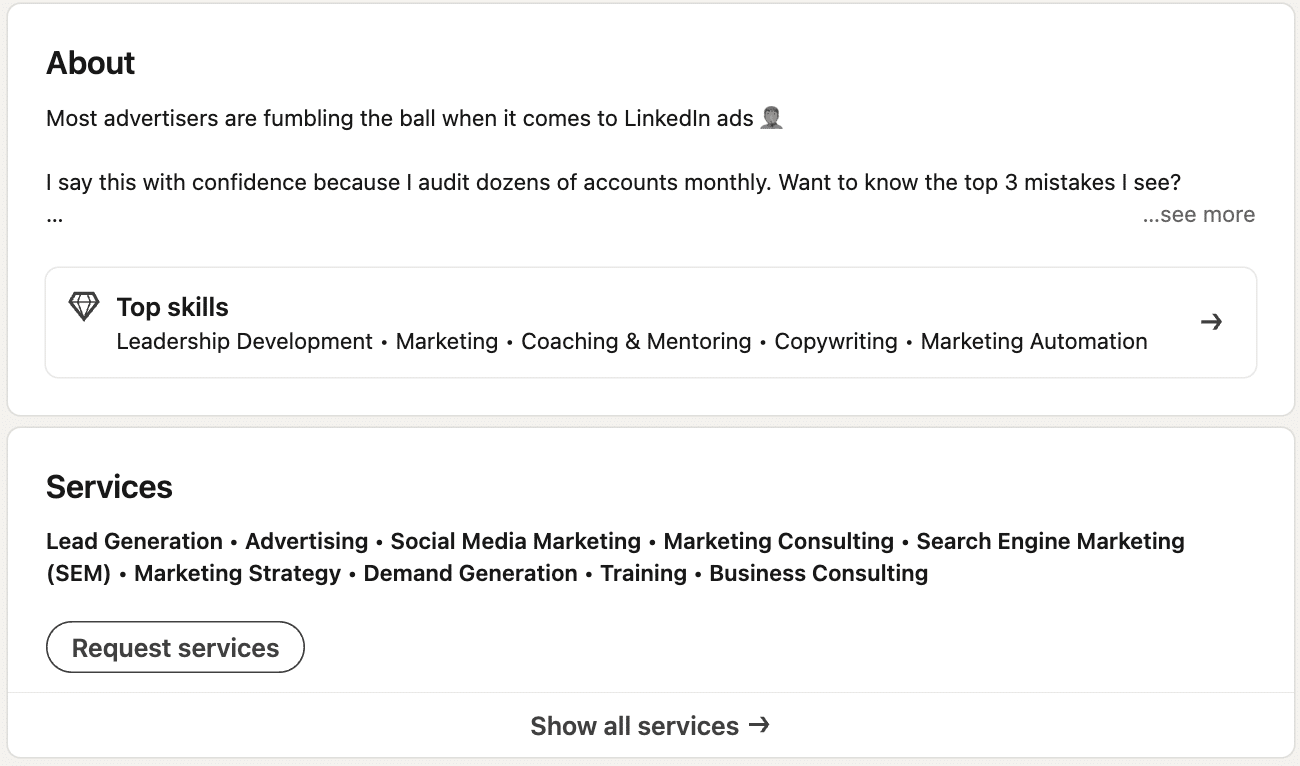
- Then, update your LinkedIn profile to reflect that message.
Your headline should speak directly to your audience. Your About section should sound like you, not a corporate brochure. Use simple language to explain the problems you solve and how you think about your work. Add relevant links or featured posts that show your experience in action.
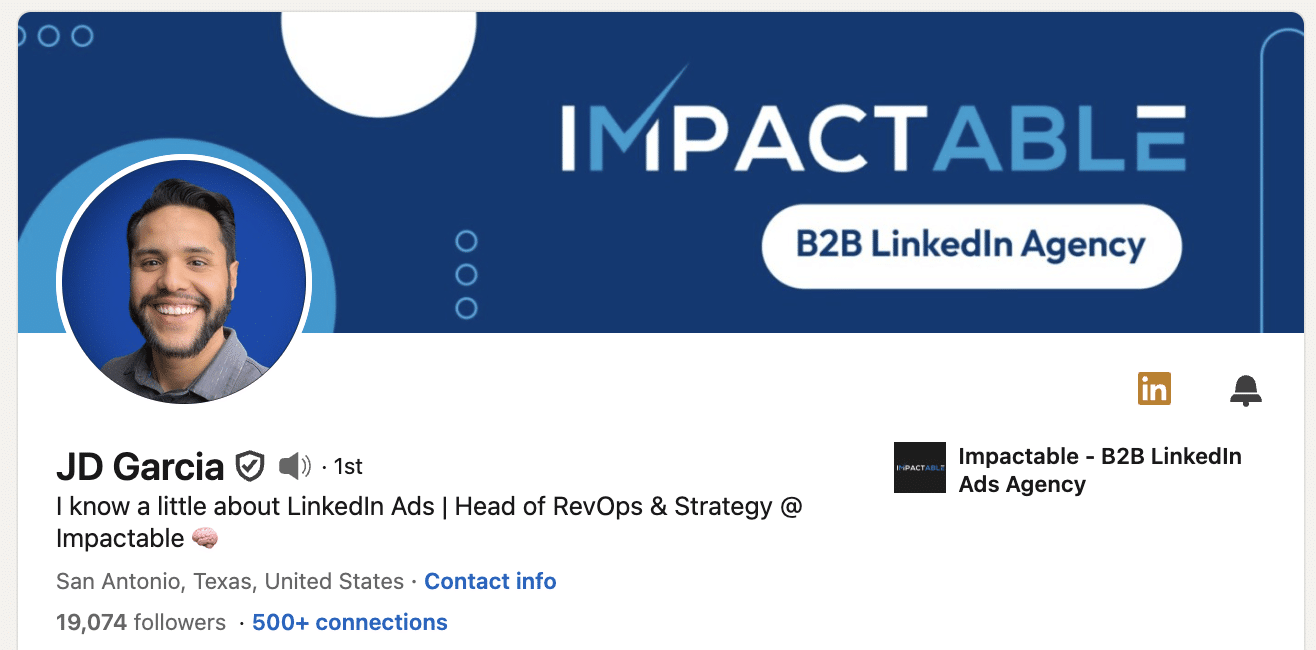
- Once your profile is solid, start sharing content.
You don’t need to post every day. You just need to show up consistently. Share lessons you’ve learned, challenges you’ve faced, and observations from your industry. Talk about wins and losses. Ask thoughtful questions. The goal is to be useful and human, not polished or promotional.
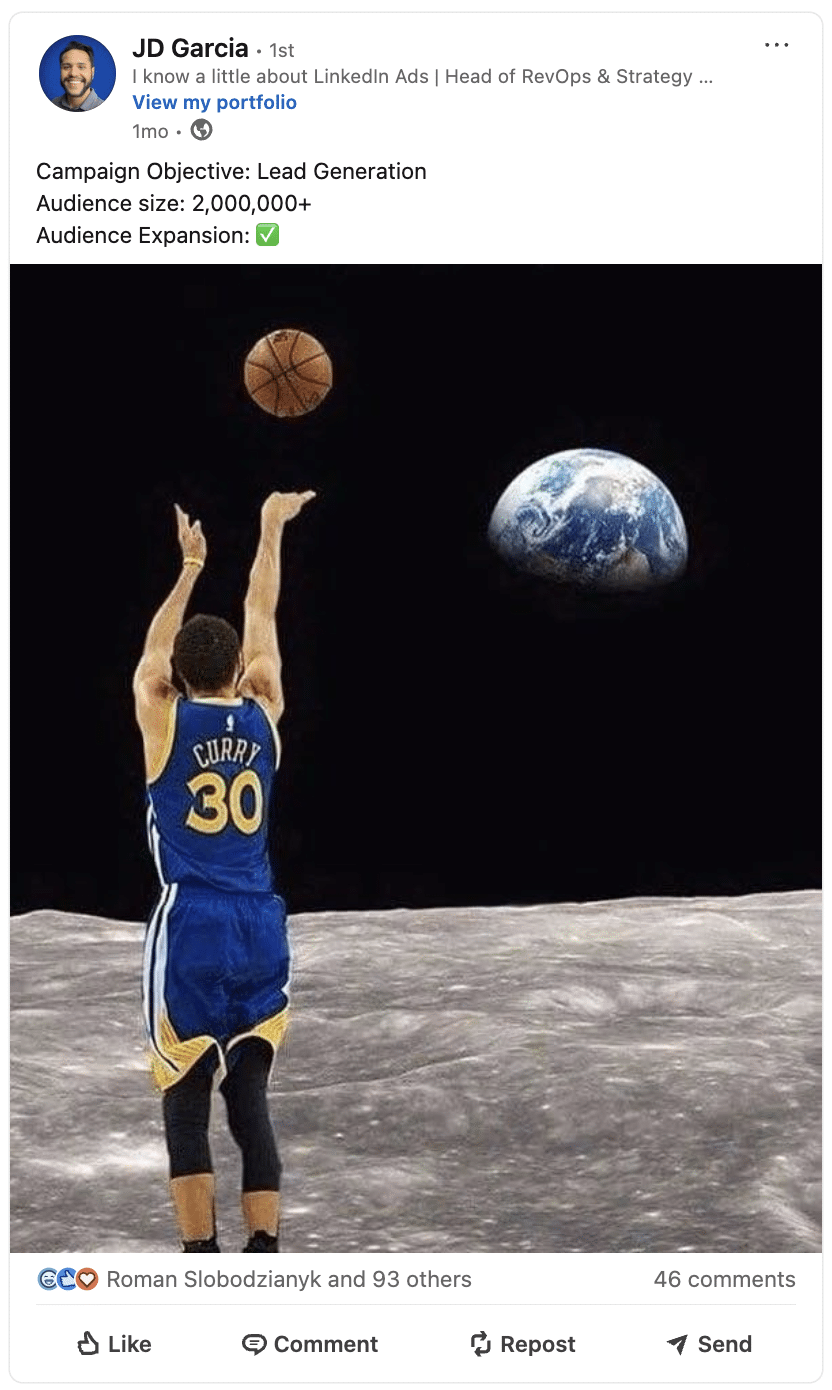
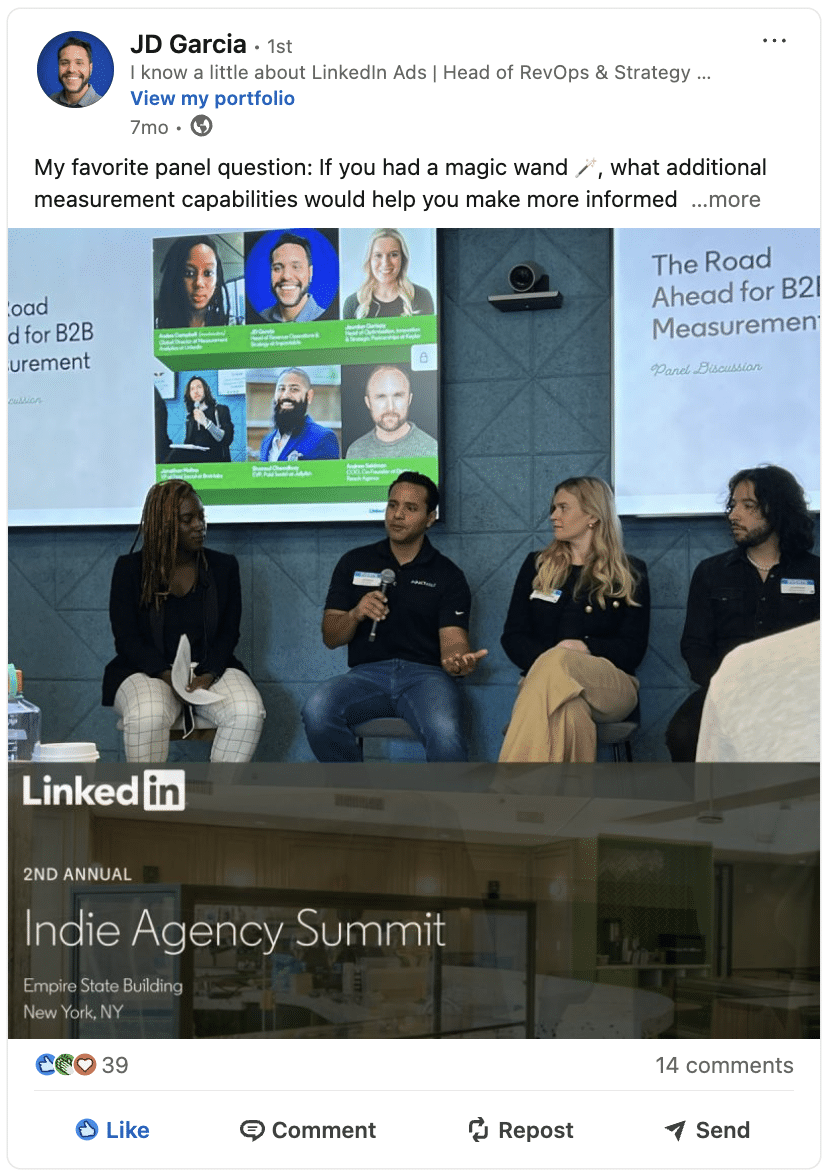
- Don’t forget the part most people skip – engaging with others.
Comment on posts that interest you. Respond when someone mentions a topic you know well. Send messages when something genuinely resonates. This is how you build relationships and stay top of mind without ever pitching.

A good B2B personal branding strategy is built on being visible, helpful, and relatable. You’re not trying to become famous. You’re just making it easier for the right people to trust you before they need you.
What Not To Do
Building a personal brand doesn’t mean turning yourself into a content machine. It’s easy to lose focus, especially when you’re trying to get noticed.
Here are a few things to avoid.
- Don’t make it all about you or your company.
If every post highlights your product, your achievements, or your updates, people will stop paying attention. Share content that actually helps your audience. They’re not following you to hear a sales pitch. - Avoid posturing or forcing a “voice.”
You don’t need to sound overly polished or act like an industry expert. Just talk like a real person. Honest, straightforward content often connects more than anything scripted. - Don’t chase reach if it costs you relevance.
Going viral might feel good, but it means nothing if it doesn’t attract the right people. Stick to topics your target audience cares about. Building the right reputation is more valuable than chasing likes from strangers.
A solid B2B personal branding strategy should feel like an extension of how you already talk and think. Keep it human, keep it useful, and skip the performance.
Using Your Personal Brand in Outreach
Outreach isn’t about getting attention. It’s about earning a response. That’s where your personal brand makes a real impact.
Real context beats fake personalization.
Adding someone’s name and company to a cold message doesn’t make it personal. Buyers can tell when it’s automated. Instead, mention something specific. Reference a recent post, bring up a change in their industry, or highlight a problem they’re likely facing. That kind of detail shows respect for their time.
Let buyers see your brand before you contact them.
If you’re posting regularly and engaging in the right spaces, they’ve probably seen your name already. That familiarity makes outreach easier. You’re not just another cold message. You’re someone they recognize.
Open conversations with credibility, not gimmicks.
Lead with something real. Ask a thoughtful question. Mention something relevant to their role or business. Keep it short and honest. The goal is to start a genuine conversation, not to push a sale.
Done well, a strong personal presence turns cold outreach into a warm intro. You’re not trying to break through the noise. You’ve already earned a spot in the conversation.
Long Game Wins: Trust Now, Pipeline Later
Most B2B deals don’t close quickly. Sales cycles take time. Buyers do their research, loop in their teams, and compare multiple options before making a decision.
That’s why personal brand matters. When someone is finally ready to start a conversation, they’ll think of the person who has been showing up. The one who shares helpful ideas, gives honest takes, and speaks directly to their challenges.
You won’t always know who’s paying attention, but they are. The silent followers often turn into the best leads when the timing lines up.
A consistent B2B personal branding strategy helps you stay relevant while others fade out. It builds trust quietly in the background so you’re top of mind when it counts.



Wrap-Up: Show Up as a Person, Not a Logo
If there’s one takeaway here, it’s this. Buyers trust people, not brands.
Start simple. Update your LinkedIn headline so it clearly says who you help and how. Share something useful once a week. Join a conversation or comment on a post that actually interests you. It doesn’t need to be perfect. It just needs to be honest.
If you’re ready to expand beyond organic reach, paid thought leader ads can be a powerful next step. They help you stay visible to the right audience, even when you’re not posting daily.
And if you’re not sure how to build your B2B personal branding strategy, let’s talk. Happy to help you find your voice and start showing up where it matters.


